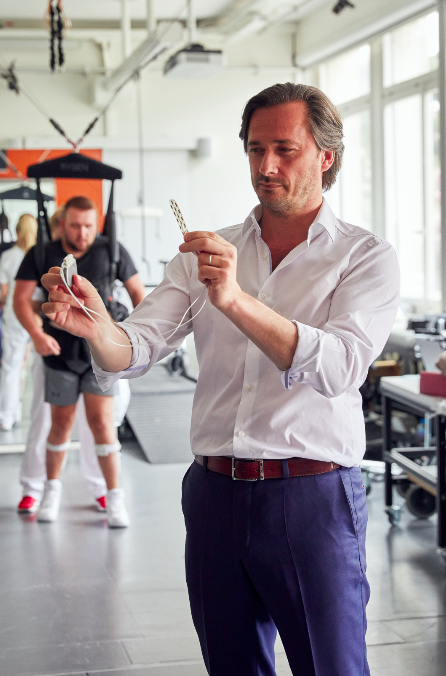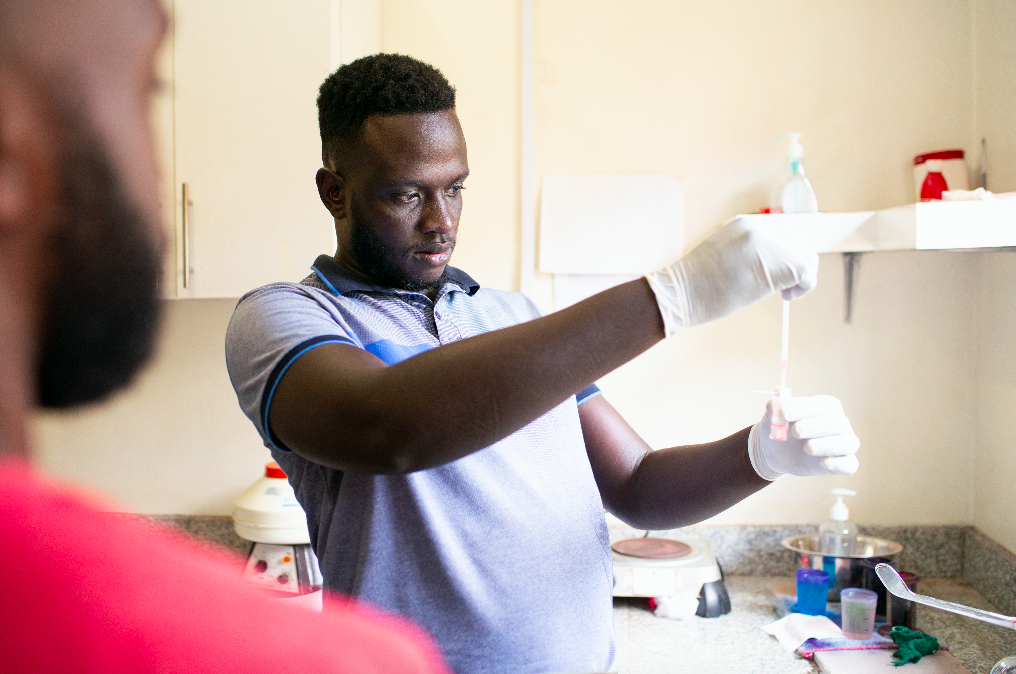It was a monumental task: to select the five most deserving candidates for the 2019 Rolex Awards for Enterprise from a shortlist of nearly 1,000
Rolex, a firm supporter of explorers and individuals who discover more about our planet and who find ways to preserve the natural world, has launched the Perpetual Planet campaign this year to further its commitment to maintaining the well-being of the earth.
Here, we meet the five Rolex laureates whose inspiring projects will improve life as we know it.
See also: From Sleek To Sporty, These Are The Best New Watches For Women In 2019
Krithi Karanth, 40

The conservation scientist wants to reduce friction between wildlife and people living near Indian national parks. There are numerous cases of conflict between humans and animals every year, resulting in damage, injury and death on both sides. Karanth’s team aims to mitigate the situation by reducing threats, raising awareness of conservation, educating local communities and assisting with compensation claims through a toll-free helpline.
“We’ve implemented this system at a local level successfully and we want to scale it upwards,” she says. “We are now in two of India’s premier parks and we hope to move into six more parks. Fundamentally, the toll-free helpline can be systemised. What is more important: if someone calls, you have to show up at the scene soon after. We are happy to share this idea with anyone in the world.”
See also: 6 Sustainable Luxury Watch Brands For The Eco-Conscious Collector




